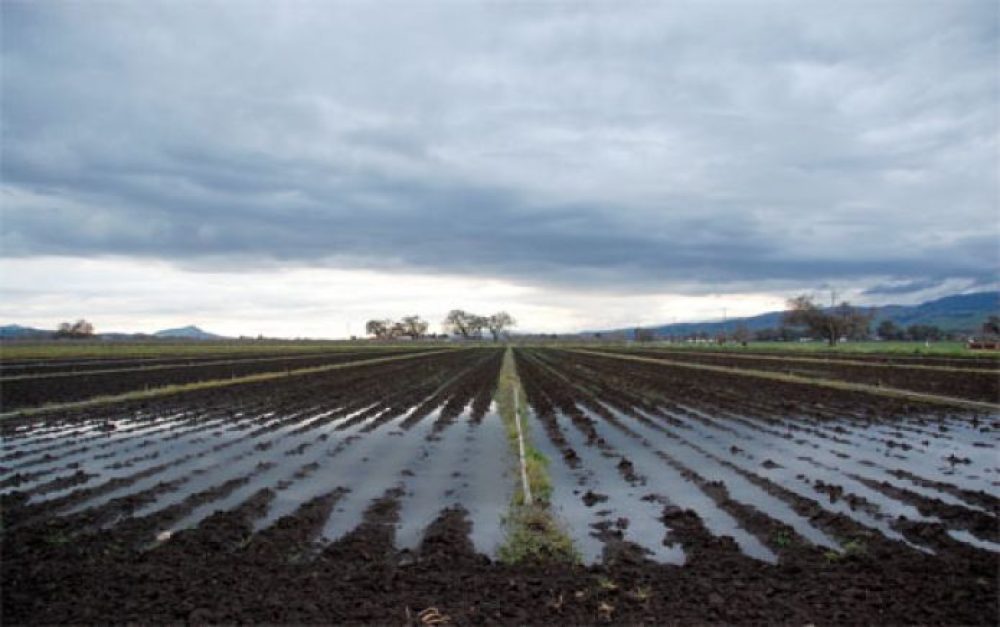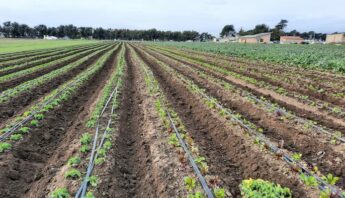Farmers across the country are seeing the impacts of climate change first hand. Crop losses to drought, floods, heat waves, insects and diseases made headlines throughout the year.
We hear Congress plans to improve crop insurance programs in recognition of these hardships, as negotiations for the 2012 Food and Farm Bill move ahead. But to really reduce risks, they should go one step further: tie crop insurance payments with an obligation to create healthy soil.
For more than 25 years the Rodale Institute has studied organic and conventional corn-soy systems, and found that organic crops perform up to 100% better in drought and flood years. Once again, the science points to healthy soil as the means to greater resilience and risk reduction.
Healthy soils are resilient
In drought years, Rodale found that organically managed soils retain more water for delivery to crops. This phenomenon most likely results from greater presence of beneficial mycorrhizal fungi with their ability to efficiently scavenge water from dry soils.
Organic crops perform up to 100% better in drought and flood years
Under flood conditions the organic soils had less runoff, filtering more water into underlying groundwater. During one two-day hurricane-associated torrential downpour in September 1999, the organic systems captured about twice as much water as the conventional system. These fungi also play a key role in building good soil structure — a key to good water filtration through the soil profile.
Tailoring crop insurance to reduce risk
According to a recent report by the Institute for Agriculture and Trade Policy (IATP), the current annual average payout on crop insurance (about $3.6 billion) could become even larger if payments are not linked with real efforts to reduce risk.
The solution outlined by IATP mirrors current programs that already require farmers to comply with soil conservation standards (“conservation compliance”) to receive federal farm payments. Similarly, they argue, the Food and Farm Bill should require “climate compliance” to receive federally subsidized crop insurance. Farmers would develop and follow a USDA-approved climate adaptation and mitigation plan for their specific farm, either as a stand-alone plan or incorporated into an existing conservation plan.
Enhancing soil capacity to store and filter water reduces risk of crop loss
In general, this would mean protecting and enhancing soil organic matter to capture carbon and increase the soil’s capacity to store, deliver and filter water. It might also mean selection of drought-tolerant crop varieties, use of diverse cropping systems with greater inherent resistance to pests and diseases and use of more perennial crops. It may involve practices that reduce use of energy, water and emissions of nitrous oxide and other greenhouse gases.
After creating a climate compliance plan, farmers could receive support from Farm Bill conservation programs to offset the costs of these transitions.
Common sense policy
An approach like this is simple common sense. Our dollars should support those farmers and ranchers who are actively building resilience to the insults of severe weather, pests and diseases, thereby reducing the risk of crop failure and the costs to taxpayers of covering those losses.
During the coming months of congressional battles over the Food and Farm Bill, we'll have ample opportunity to press our Senators and Representatives to get these crop insurance programs right.








